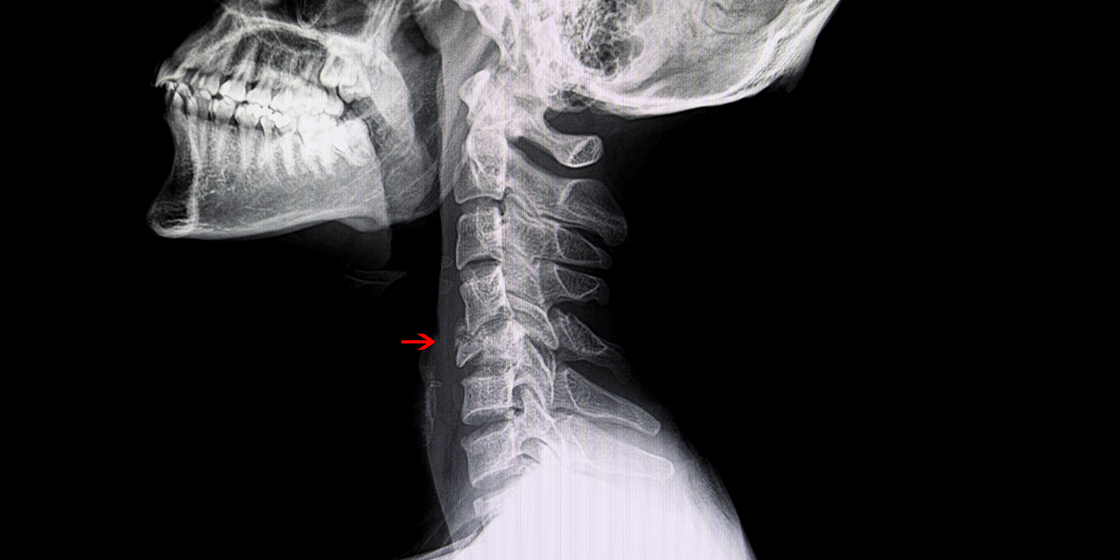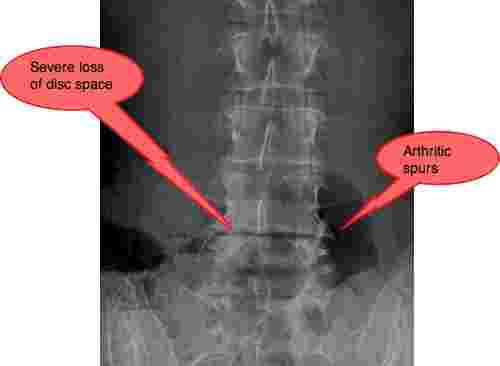
If you are diagnosed with a bulging or herniated disc it is likely that you’ll start with the most conservative treatments, such as rest, medication or physical therapy, to help manage your symptoms. They will typically review your medical history, perform a physical examination, and request imaging such as an MRI. Getting Relief for Disc Problemsīulging and herniated discs may be diagnosed by a primary care physician, a pain management doctor, or a spine specialist. While the aging process can’t be controlled, there are steps that can be taken to lessen the risk of developing a bulging or herniated disc, such as practicing good posture and safe lifting techniques, limiting participation in high-impact sports, and making positive lifestyle changes such as avoiding tobacco, eating a nutritious diet, and regular exercise. Other causes of bulging or herniated discs may include: Because of this, protruding discs are considered to be rather common as we age. As we age, the discs in our spine tend to dehydrate and stiffen, which often results in the discs becoming slightly compressed or flattened.

Herniated Discsīulging discs and herniated discs have very similar causes. Pain may be triggered and/or intensified by actions such as bending, coughing and sneezing.

Generally, a bulging disc does not protrude far enough into the spinal canal to pressure or aggravate the surrounding nerves. Herniated Disc How Are Bulging Discs and Herniated Discs Different?īulging discs are more common than herniated discs. A herniation can be caused by trauma, unusual compression forces, degeneration, desiccation, or even from lifting heavy objects. Herniated discs are considered more severe than bulging discs because they put significant pressure on nearby nerves, which can cause intense pain, inflammation and difficulties with movement. A herniated disc results when the inner nucleus breaks through the protective annulus wall and leaks into or around the spinal canal.


 0 kommentar(er)
0 kommentar(er)
